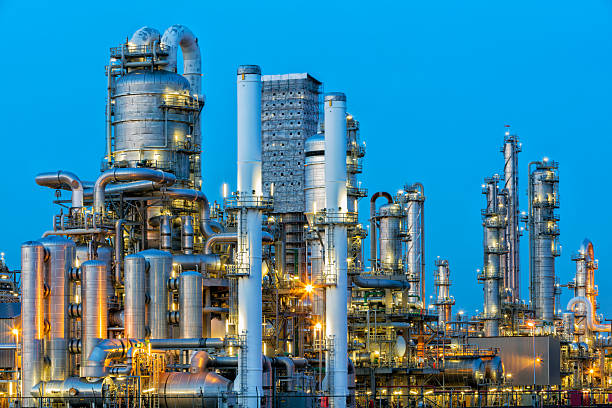What Exactly Is Biocide?

Biocide is a treatment chemical that is designed to stop the growth of
microbial. Uncontrolled growth in microbial populations can cause a range of
issues, such as health risks, biofilm formation, chemical breakdown and heat
transfer losses. the restriction of flow, and even under deposit
corrosion.
It is essential that the right biocidal treatment process is in place and
regular checks are carried out in order to make sure that the microbial populace
in a range of systems including drinking water and down water services, closed
circuits, process waters as well as recreational water systems and open cooling
systems are in check.
The control of microbial growth is usually achieved by ensuring systems are
cleaned upon starting up and as often as needed to avoid contamination of the
system and by dosing with a biocide either on a continuous basis or through a
program of shock doses.
Biocide types
There are two kinds of biocides: oxidising and non-oxidising. Bromine,
chlorine dioxide and hydrogen peroxide are examples of biocides that are
oxidising. Non-oxidising biocides include bronopol, quaternary ammonium
compound, THPS, DBNPA and Gluteraldehyde.
When choosing a IRO Biocide to use
in a process, whether as biocidal flush biocide maintenance dose biocide, or a
shock dose biocide, a range of factors need to be taken into consideration,
including contact time as well as temperature, concentration as well as pH,
compatibility, efficacy against microbes present in the system and
cost-effectiveness. The technical department can assist in selecting the best
biocide.
Biocide that oxidizes
Oxidising biocides are generally used at lower concentrations than
non-oxidising biocides , and their use is more cost effective.
One of our most important chemicals is Ultralox 40'" a exclusive active
chlorine solution that rapidly eliminates waterborne bacteria in addition to
breaking down the biofilms which house the pathogens within water systems .
Ultralox 40'" is highly effective against planktonic as well as sessile
microorganisms. It can be used in water hygiene applications and pipework
treatment to swiftly get rid of Legionella. Pseudomonas and other
microbes.
Chlorine dioxide
The outstanding broad-spectrum oxidising chemical chlorine dioxide can be
used for a broad variety of applications. It is used for disinfection and
sanitisation and water treatment. Chlorine dioxide is 2.5x more efficient than
chlorine in oxidizing , and has a shorter contact time. Chlorine dioxide is
efficient in alkaline conditions (pH <10) whereas biocide such as sodium
hypochlorite lose activity quickly as the pH rises and are not suitable for use
at pH >8. The main advantage of chlorine dioxide is its capability to destroy
biofilm, which is unlike other biocides.
Chlorine dioxide is not a common chemical that does not interact with water
treatment chemicals or nitrogen compounds like ammonia, and organic substances
that naturally occur like organic acids.
Chlorine dioxide has been widely endorsed for a variety of applications, for
treatment of potable water, hospital water systems and food process
sanitation.
The most commonly used solutions for the generation chlorine dioxide through
the chlorine dioxide generator include BV19, BV123. There are many other
strengths available for this purpose. Contact our technical department for
further details.
Biocide that is non-oxidising
Constant use of just one biocide that is non-oxidising could result in the
establishment of a resistant flora within the water system being treated. This
can lead to microbiological fouling within the water system. Regularly changing
the non-oxidizing biocides in closed cooling systems as well as open systems is
a common solution to this issue.
Biodispersants
Biodispersants don't harm organisms, but they disintegrate any deposits of
microorganisms allowing the biocides to target organisms more efficiently. They
also prevent microorganisms from attaching to metal surfaces.
The Biocidal Products Regulation (BPR), Regulation (EU) 528/2012 is one of the main driving factors for the availability and future availability of biocidal products in water treatment. Our regulatory experts ensure that our customers and we are in compliance with all laws.
Коментарі
Дописати коментар